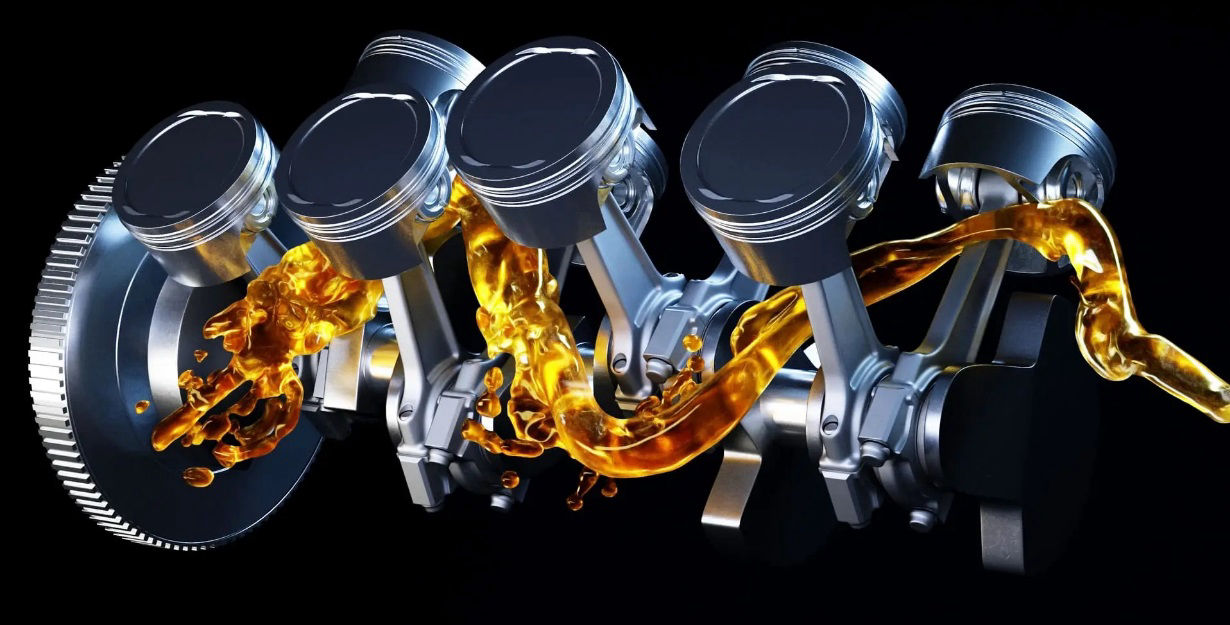
Base Oil
Base Oil or Virgin Base Oil is used to manufacture product including lubricating greases, motor oil and metal processing fluids. Almost every lubricant used in plants today started off as just a base oil. Different products require different compositions and properties in the oil. One of the most important factors is the liquid’s viscosity at various temperatures. The kind of base oil to be made depends on the concentration of its molecules. It is also dependent on how easily these can be extracted.